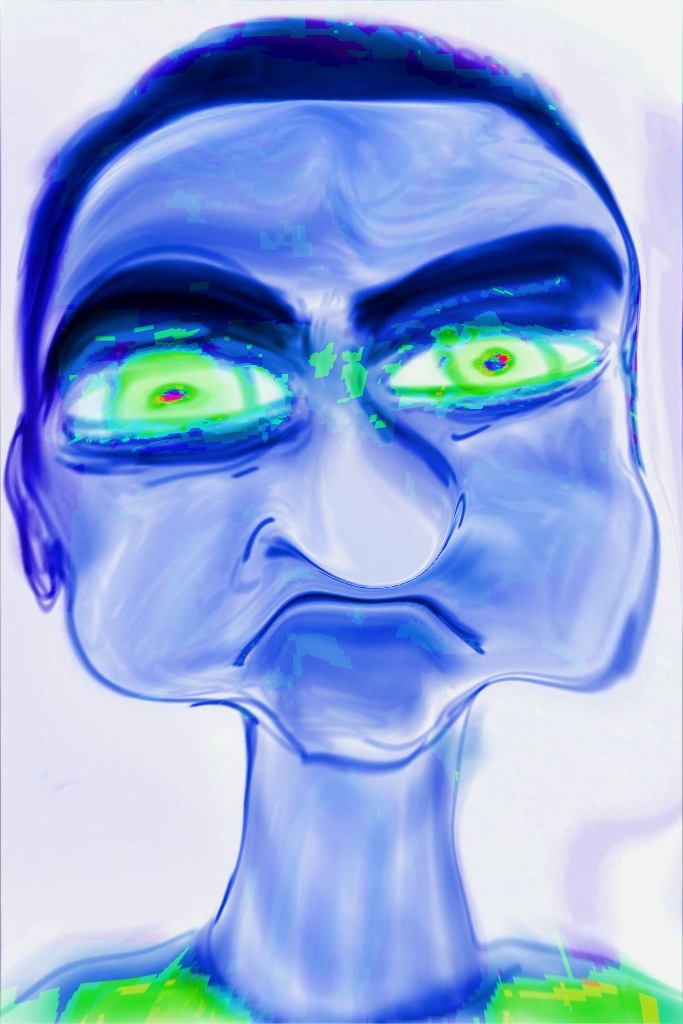21 Mar 2018
Interview
DAVID TER-OGANYAN
David Ter-Oganyan worked at HIAP during the month of February 2018. David’s art consists of drawing, painting, objects, video, photography, digital art, performative actions. From a young age, he has been part of several actionist movements, making work that combines art with political anarchism.
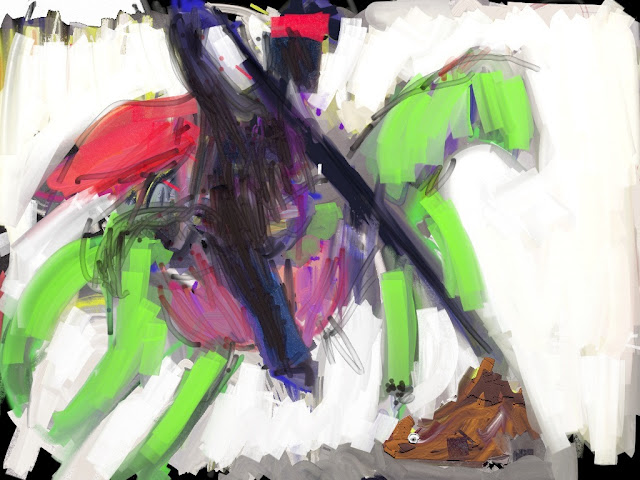
AA: How effective is art as a form of protest?
DT-O: In the Russian society leaning towards puritan values, simple graphic images can become an effective means of provocation.
AA: Your political commentary seems quite subtle. Why have you chosen such a discreet method of protest, compared to an aggressive, frontal attack?
DT-O: The authorities don’t know how to react to art, and the mechanisms of censorship have not been yet finalized since the Russian society in the 1990s retained its secularism.
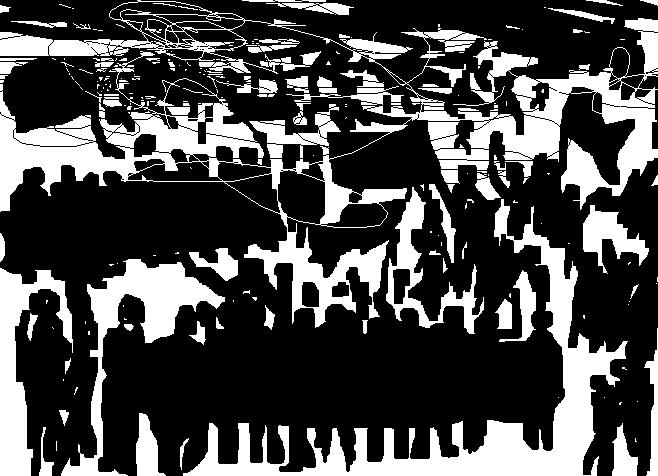
AA: You have dealt with censorship in the past, when working with public organisations. This is proof that there is a need for your art and for your protest. What are the issues you are currently addressing in your work?
DT-O: My works have often been taken off from the exhibition halls and my exhibitions have been cancelled. Some museums displayed a sign that the exhibition was for only for 18+. I had a lot of problems with censorship, which is why I address it in some of my works. It is difficult to find a place to exhibit them because there is a current law punishing extremism, which qualifies them either as slogans or as pornographic images. As a result, nobody wants to take the risk.
This situation led to the revival of underground art, which nobody can openly see. It can only be seen at house exhibitions, in personal blogs or at underground galleries.
People in Putin’s Russia are afraid of everything, even images. One glance at a picture of an ass or penis is considered not only as rude but as dangerous and can result in public disturbance.
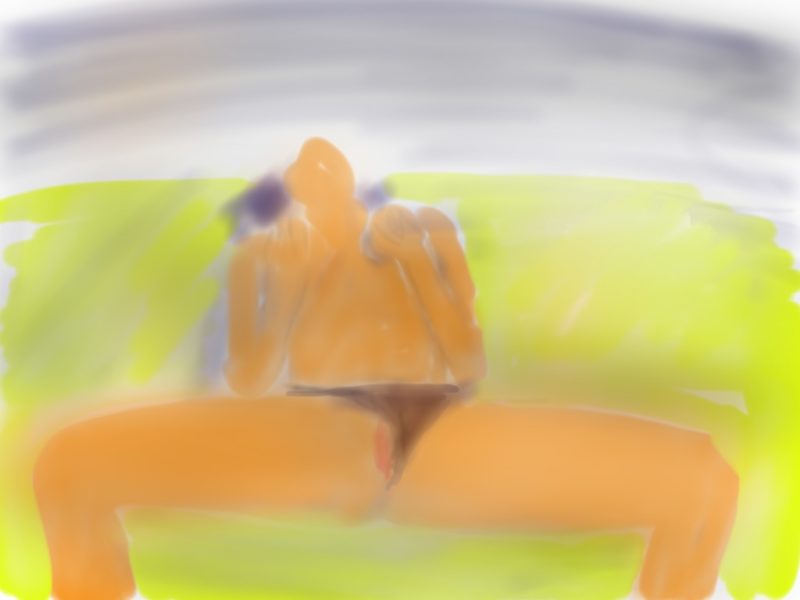
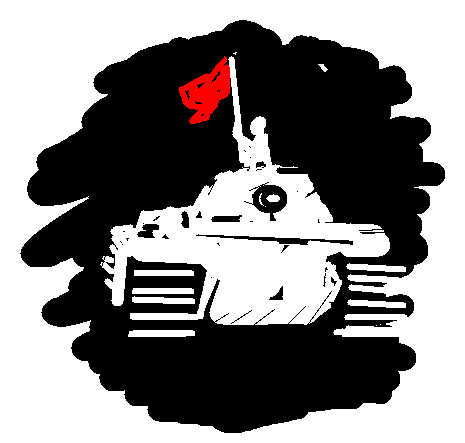
AA: You are an internationally successful artist. Exhibitions aside, how do you reach your audiences, especially through new media and the internet? Do you blog? Are you active on any internet platforms? In which media do you feel most comfortable?
DT-O: I love making pictures in my phone, in the street, in the public transport, on my knee using the cheapest and most primitive means of creating, such as children’s markers. My works are small. I paint them and put them on my blog almost every day. My followers are mostly Moscow and Russian artists.
AA: Finally, in what ways did the peaceful environment of HIAP help you focus on your work?
DT-O: I painted every day during my stay in Helsinki and published the works in my blog.
